Bidenflation’s ‘Double Whammy’ Of Soaring Prices and Rising Mortgage Rates Sends Home Sales Plunging
Home prices are surging even while mortgage rates are climbing, creating an affordability crunch.
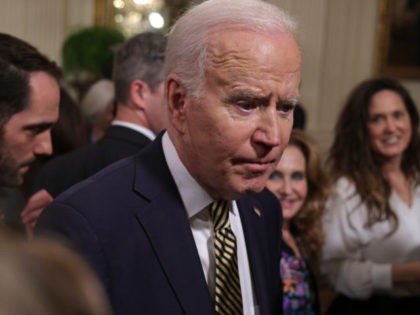
Home prices are surging even while mortgage rates are climbing, creating an affordability crunch.

The median price of a new home was $423,300 in January, a seven percent from $395,500 the previous month, reflecting the Bidenflation hitting construction materials.
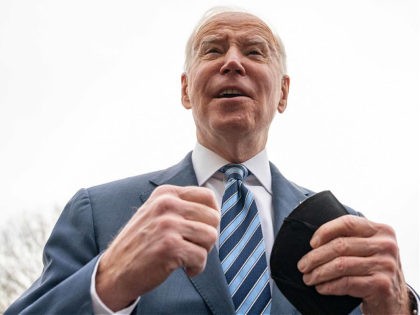
Home prices re-accelerated in December.
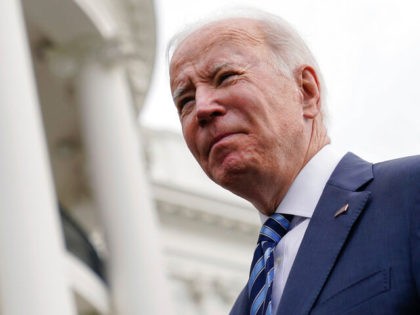
Skyrocketing prices for materials and widespread shortages are behind the surprise decline in building activity in January.

High prices of materials were holding back construction. But now that inflation appears to be persistent, it no longer makes sense to hold off on new projects.
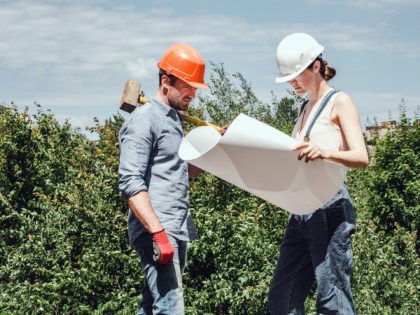
Housing starts disappointed in October as builders grappled with supply shortages and scarce labor.
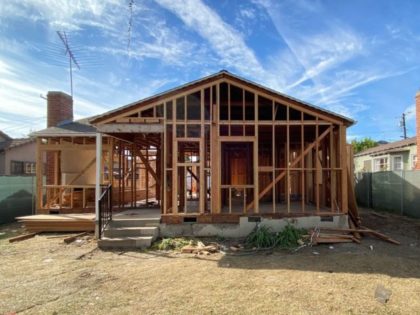
Home prices have soared but construction still lags behind expectations.
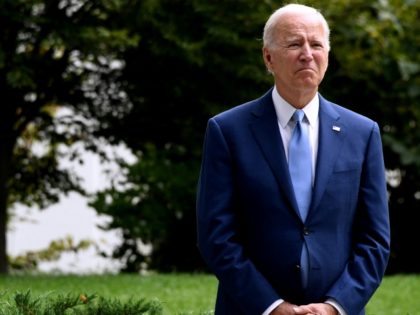
Buyers are coming back into the market, especially in communities in GOP-led states Texas, Florida, and Tennessee.

Pricier homes now make up a much larger percentage of the market than a year ago.

Strong demand and a moderation in the price of lumber boosted homebuilder sentiment in September.
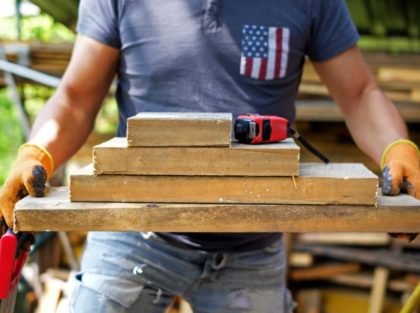
Another blow to family affordability in Biden’s America.
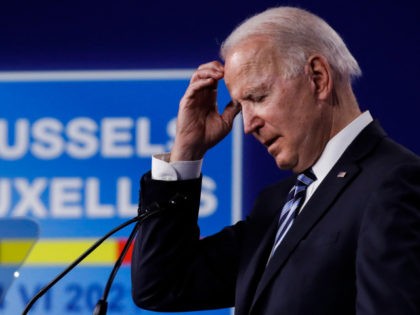
Overall construction spending fell as hotels, offices, and shopping malls tumbled further
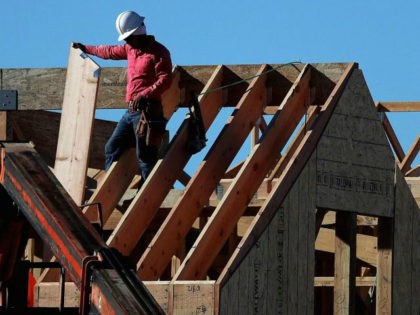
The best May pending sales number since 2005.
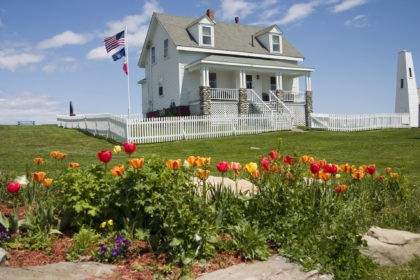
Housing prices accelerated their surge in April, hiting the fastest pace ever recorded.

Sales of new U.S. single-family homes unexpectedly fell in May, falling to the lowest level in a year as supply constraints have pushed up prices. The Commerce Department said on Wednesday that new home sales tumbled 5.9 percent to a

Prices of existing homes hit a new record high in May, rising at the fastest annual pace ever recorded.

New home construction missed expectations for the second month in a row, weighed down by rising costs of labor, lumber, and other materials.
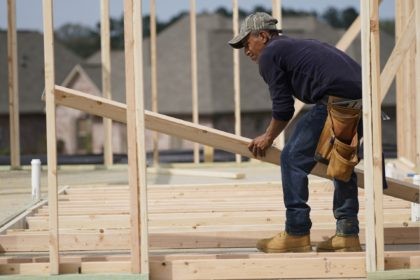
An unexpected dip in builder sentiment as high prices and rising costs bite into red-hot market.

Although overall construction spending was more sluggish than expected in April, new home building keeps climbing.
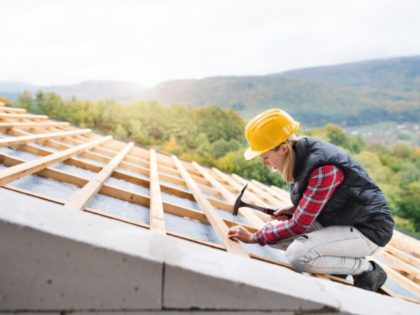
Private homes were started at a seasonally adjusted, annualized rate of 1.569, a 9.5 percent decline from March, Commerce Department showed Tuesday. Economists had expected a rate of 1.705 million.

Construction spending rose by a tepid 0.2 percent in March. That’s better than the 0.6 percent drop in February but below the 2 percent gain expected.

Pending home sales rose in March after a sharp decline in February, according to the National Association of Realtors. Pending sales, which measure contract signings for homes and usually lead closed sales by 45 to 60 days, rose 1.9 percent

Compared with a year ago, the private sector spent 20.6 percent more on single-family construction in February.

A record low supply of homes took a big bite out of home sales in February.

The S&P CoreLogic Case-Shiller U.S. National Home Price NSA Index, covering the entire U.S., reported an 11.2 percent annual gain in January, up from 10.4 percent in the previous month. That is the fastest pace for home prices since 2006, the peak of the housing bubble.

Economists had expected sales to cool to 875,000 from the hotter than expected 923,000 in January.
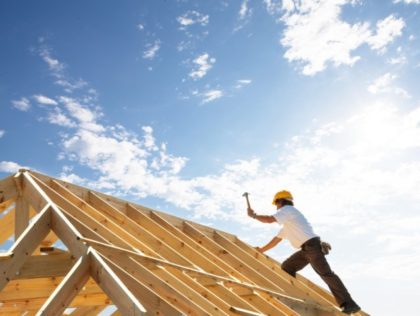
Total existing-home sales dropped 6.6 percent from January to a seasonally-adjusted annual rate of 6.22 million, the National Association of Realtors reported Monday. This followed two months of higher sales.

Extreme winter weather depressed home building in February.
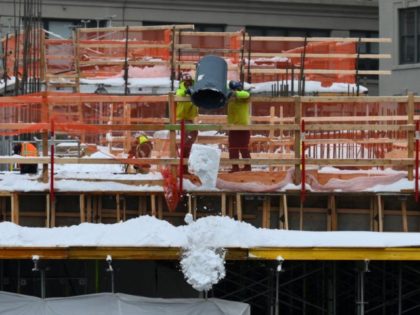
The home building industry’s confidence was shaken by high-priced materials and rising interest rates in March, according to research from a trade group released Tuesday.
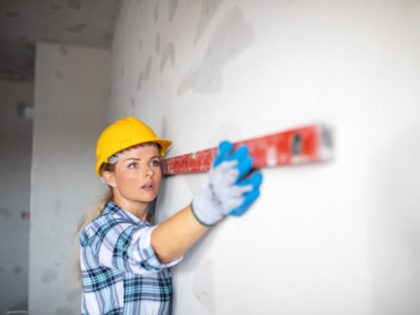
Construction spending jumped 1.7 percent from December’s revised level to a seasonally adjusted annual rate of $1.52 trillion, the Commerce Department reported Monday. That was better than the eight-tenths of a percent forecast by economists.

Sales of new homes soared in January to a blistering seasonally adjusted annualized rate of 923,000, the Commerce Department said Wednesday.

Home prices rose 10.4 percent compared with a year earlier, according to the S&P CoreLogic Case-Shiller Home Price Index.
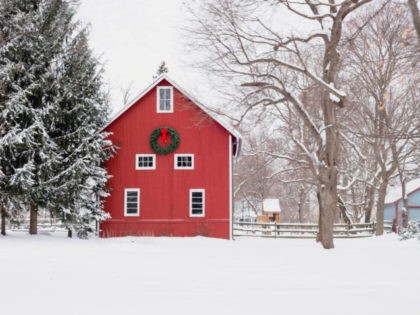
Sales of previously occupied homes in the United States rose in January to a seasonally adjusted, annualized rate of 6.69 million units.
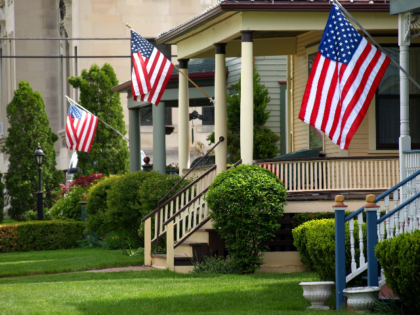
Homebuilder confidence rose one point to a score of 84 in February, the National Association of Home Builders said Wednesday. Economists surveyed by Econoday had predicted the measure to remain flat with January’s 83.

The median price of a single-family home climbed 14.9 percent to $315,000 in the fourth quarter. That is the fastest pace on record in data that goes back to 1990.

The uprising against urban living drove single-family home construction up more than 23 percent comapred to last year

Home prices are up 8 percent compared with a year ago.

A squeeze in the housing market as buyers seek homes and homeowners hold on despite skyrocketing price gains.

Single-family home construction is up 28 percent compared with a year ago.

The flight from the cities drove up spending on houses even as the weather turned colder in November.
